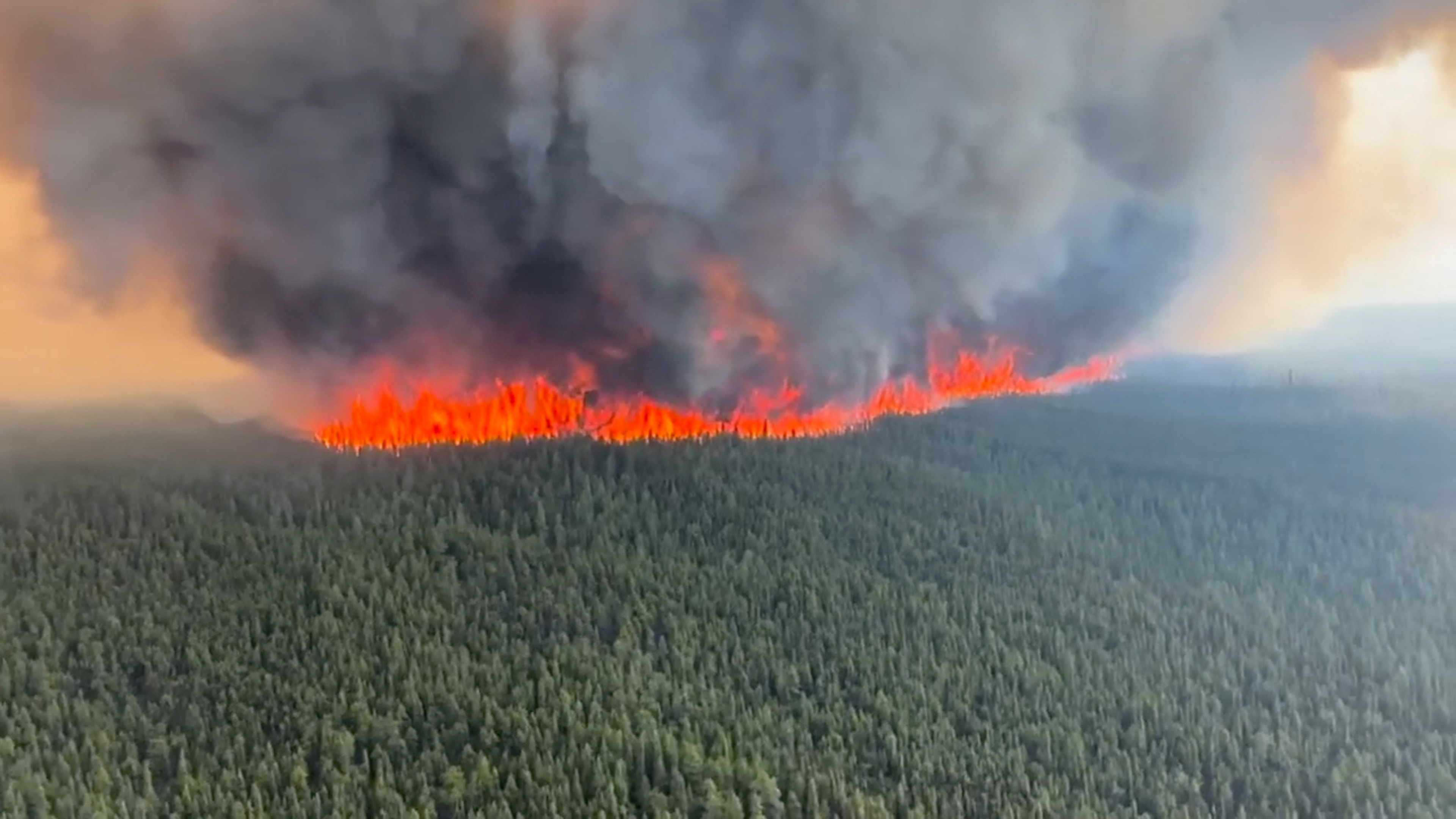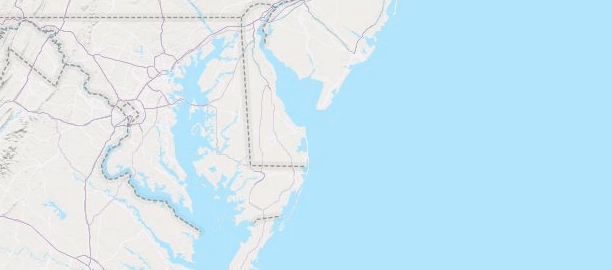Global Forest Destruction: Wildfires Drive Unprecedented Losses

Table of Contents
The Increasing Frequency and Intensity of Wildfires
The dramatic rise in global forest fires is undeniable. Larger, more intense, and more frequent wildfires are becoming the new norm, devastating ecosystems and contributing significantly to deforestation. Two primary factors fuel this alarming trend: climate change and human activity.
Climate Change as a Primary Driver
The link between rising global temperatures and increased wildfire risk is irrefutable. Higher temperatures lead to prolonged droughts, creating tinderbox conditions in forests worldwide. Data from the Intergovernmental Panel on Climate Change (IPCC) shows a clear correlation between rising global average temperatures and the frequency and intensity of wildfires.
- Increased lightning strikes: Warmer, drier air increases the frequency of lightning storms, igniting more fires.
- Prolonged dry seasons: Longer periods of drought leave vegetation parched and highly flammable.
- Decreased soil moisture: Dry soil acts as fuel, allowing fires to spread rapidly and intensely.
Human Activities Exacerbate the Problem
Human activities significantly worsen the wildfire problem. Deforestation, irresponsible land management practices, and expanding human settlements into forested areas create drier, more flammable landscapes.
- Illegal logging: Removing trees leaves behind a greater concentration of dry underbrush, acting as fuel for wildfires.
- Agricultural expansion: Clearing forests for agriculture increases the risk of uncontrolled fires spreading into remaining forested areas.
- Urbanization encroaching on forested areas: The expansion of human settlements into forested areas increases the risk of accidental or intentional fires.
The Devastating Consequences of Global Forest Destruction by Wildfires
The consequences of global forest destruction by wildfires are far-reaching and devastating, impacting biodiversity, climate change, and human societies.
Biodiversity Loss
Wildfires cause catastrophic biodiversity loss. The destruction of habitats leads to the displacement and death of countless plant and animal species, pushing many towards extinction. The intricate ecological balance of forests is disrupted, with cascading effects throughout the ecosystem.
- Loss of habitat: Wildfires destroy crucial habitats, leaving animals homeless and vulnerable.
- Disruption of ecological balance: The loss of key species disrupts the delicate balance of forest ecosystems.
- Decreased genetic diversity: The loss of plant and animal populations reduces genetic diversity, making species more susceptible to future threats.
Climate Change Amplification
Deforestation through wildfires creates a dangerous positive feedback loop, accelerating climate change. Forests act as crucial carbon sinks, absorbing atmospheric CO2. When they burn, they release this stored carbon back into the atmosphere, contributing to global warming.
- Release of stored carbon: Burning forests release massive amounts of stored carbon dioxide, methane, and other greenhouse gases.
- Reduced carbon sequestration capacity: The destruction of forests diminishes the planet's ability to absorb atmospheric CO2.
- Increased atmospheric CO2 levels: Higher CO2 levels contribute to further global warming, creating a vicious cycle.
Economic and Social Impacts
The economic and social costs associated with wildfire damage are substantial. Beyond the immediate costs of firefighting and property loss, there are long-term impacts on local economies and communities.
- Reduced timber production: Wildfires destroy valuable timber resources, impacting the forestry industry.
- Loss of tourism revenue: Damaged forests lose their appeal to tourists, impacting local economies.
- Increased healthcare costs: Wildfires release pollutants into the air, increasing respiratory illnesses and other health problems.
Mitigation and Conservation Strategies to Combat Global Forest Destruction
Combating global forest destruction requires a multi-pronged approach that includes improved forest management, climate change mitigation, and community engagement.
Improved Forest Management Practices
Sustainable forest management practices can significantly reduce the risk of wildfires. This includes proactive measures to reduce fuel loads and prevent the uncontrolled spread of fires.
- Creating firebreaks: Strategic clearing of vegetation can help contain wildfires.
- Reducing fuel loads: Controlled thinning of forests can reduce the amount of flammable material.
- Reforestation efforts: Planting trees in deforested areas helps restore forest cover and reduce wildfire risk.
Combating Climate Change
Addressing climate change is crucial to mitigating the risk of wildfires. This requires global action to reduce greenhouse gas emissions and transition to cleaner energy sources.
- Transitioning to renewable energy: Reducing reliance on fossil fuels is vital to slowing climate change.
- Implementing carbon capture technologies: Developing technologies to capture and store CO2 can help mitigate climate change.
- Promoting sustainable land use practices: Adopting sustainable land management practices helps reduce deforestation and wildfire risk.
Community Engagement and Education
Engaging local communities is essential for effective wildfire prevention and management. Education and awareness campaigns are vital for promoting responsible land use practices and fostering community-based initiatives.
- Public awareness campaigns: Educating the public about wildfire risks and prevention strategies is crucial.
- Training programs for firefighters: Providing adequate training and resources to firefighters is essential for effective wildfire response.
- Community-led reforestation projects: Empowering communities to participate in reforestation efforts can promote sustainable forest management.
Conclusion
The alarming increase in wildfires, driven by climate change and human activities, is causing unprecedented global forest destruction with devastating consequences for biodiversity, climate, and human societies. The economic and social impacts are significant, demanding immediate and concerted action. The fight against global forest destruction driven by wildfires requires immediate and concerted action. Learn more about the issue, support organizations working to protect our forests (e.g., The Nature Conservancy, WWF), and demand effective policies to address this critical threat. Only through a combined effort of improved forest management, climate change mitigation, and community engagement can we hope to protect our forests and secure a sustainable future.

Featured Posts
-
 Semana Del 4 Al 10 De Marzo De 2025 Horoscopo Para Todos Los Signos
May 23, 2025
Semana Del 4 Al 10 De Marzo De 2025 Horoscopo Para Todos Los Signos
May 23, 2025 -
 Southwest Airlines Carry On Baggage Updated Regulations For Portable Power Banks
May 23, 2025
Southwest Airlines Carry On Baggage Updated Regulations For Portable Power Banks
May 23, 2025 -
 Following Royal Albert Hall Incident The Who Drummers Statement
May 23, 2025
Following Royal Albert Hall Incident The Who Drummers Statement
May 23, 2025 -
 Englands Xi Zimbabwe Test Match Squad Revealed
May 23, 2025
Englands Xi Zimbabwe Test Match Squad Revealed
May 23, 2025 -
 How To Care For Your Briefs Washing And Maintaining Quality
May 23, 2025
How To Care For Your Briefs Washing And Maintaining Quality
May 23, 2025
Latest Posts
-
 Expect Low Gas Prices This Memorial Day Weekend
May 23, 2025
Expect Low Gas Prices This Memorial Day Weekend
May 23, 2025 -
 Memorial Day Weekend Gas Prices To Hit Decade Lows
May 23, 2025
Memorial Day Weekend Gas Prices To Hit Decade Lows
May 23, 2025 -
 Memorial Day Weekend Gas Prices Lowest In Decades
May 23, 2025
Memorial Day Weekend Gas Prices Lowest In Decades
May 23, 2025 -
 2025 Memorial Day Weekend Beach Forecast Ocean City Rehoboth Sandy Point
May 23, 2025
2025 Memorial Day Weekend Beach Forecast Ocean City Rehoboth Sandy Point
May 23, 2025 -
 Memorial Day Weekend 2025 Beach Forecast Ocean City Rehoboth Sandy Point
May 23, 2025
Memorial Day Weekend 2025 Beach Forecast Ocean City Rehoboth Sandy Point
May 23, 2025
